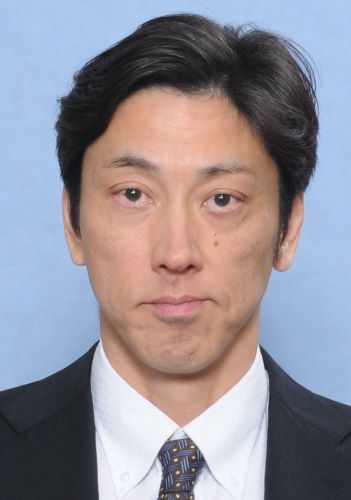【Major Papers of the Laboratory】
・Yamada R, Himori K, Tatebayashi D, Ashida Y, Ikezaki K, Miyata H, Kanzaki K, Wada M, Westerblad H, Yamada T. Preconditioning contractions prevent the delayed onset of myofibrillar dysfunction after damaging eccentric contractions. J. Physiol. 596: 4427-4442, 2018 (doi: 10.1113/JP276026)
・Yamada T, Kimura I, Ashida Y, Tamai K, Fusagawa H, Tohse N, Westerblad H, Andersson DC, Sato T. Larger improvements in fatigue resistance and mitochondrial function with high- than with low-intensity contractions during interval training of mouse skeletal muscle. FASEB J. 35: e21988, 2021 (doi: 10.1096/fj.202101204R)
・Yamauchi N, Tamai K, Kimura I, Naito A, Tokuda N, Ashida Y, Motohashi N, Aoki Y, Yamada T. High-intensity interval training in the form of isometric contraction improves fatigue resistance in dystrophin-deficient muscle. J. Physiol. 601: 2917-2933, 2023 (doi: 10.1113/jp284532)
【Education】
The realization of appropriate exercise and physical therapy prescriptions aimed at early return from sports injuries and the prevention of sports injuries is a major objective of the field of Sports Rehabilitation Science. In this course, we explicitly set the realization of appropriate exercise and physical therapy prescriptions as the ultimate educational goal, and we strive to deliver lessons firmly grounded in scientific evidence.
Through fostering "critical thinking skills" via individualized instruction, we aim to produce highly capable individuals who will contribute to educational and research institutions, industry, and government agencies. Furthermore, with a long-term perspective that includes career development as overseas postdoctoral researchers, we seek to cultivate principal investigators (PIs) capable of taking on challenges on the international stage.
【Research】
To maximize the effectiveness of physical therapy, it is essential to optimize the loading conditions of therapy based on an accurate understanding of the underlying pathology. However, elucidating the pathophysiological mechanisms and establishing optimal therapeutic conditions based on these mechanisms are formidable challenges. Consequently, even within the field of sports rehabilitation, it is difficult to say that evidence-based guidelines for exercise and physical therapy prescriptions have been fully established.
Against this backdrop, our research aims to (1) investigate in detail, from the molecular to the organismal level, the mechanisms underlying muscle dysfunction associated with sports injuries and various diseases using experimental animal models, and (2) determine the safety limits of exercise and physical therapy interventions, while identifying the optimal conditions—including type, intensity, duration, frequency, and period—to maximize their therapeutic effects.
Furthermore, in order to translate the findings obtained through basic research into clinical practice, we actively promote translational research (TR) and, by incorporating feedback from clinical settings back into basic research through reverse TR, we strive to create a sustainable research cycle.
【Figure caption】The creation of a foundation for sports rehabilitation science and its clinical application through the promotion of translational research (TR)

 Home
Home

